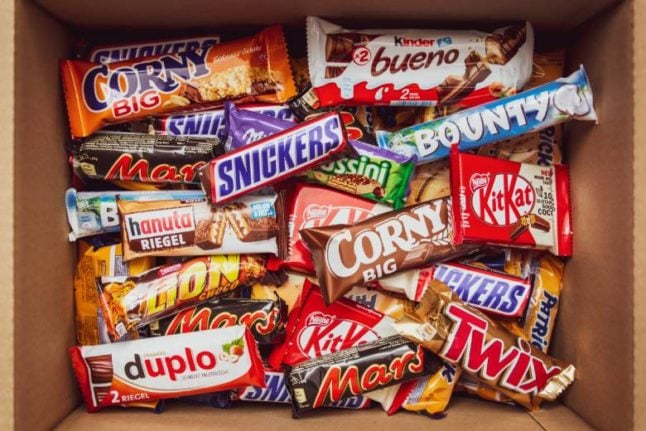The Norwegian government is now considering several measures to address the situation – including new taxes.
“It is very worrying that unhealthy foods are becoming cheaper while healthy foods are becoming more expensive. We know that this is bad for public health,” State Secretary Ole Henrik Krat Bjørkholt in the Ministry of Health told the news bureau NTB.
Figures from Statistics Norway (SSB) show that the price of chocolate in Norway has been falling for several years.
When the sugar tax was removed in 2021, the fall was particularly sharp, but prices were also low in the years before the tax decision. However, in December last year, chocolate reached its lowest price level since 2016.
“The market controls the prices of food. But we want to promote healthy choices, and that it is easier (for people) to choose healthy (option),” Bjørkholt added.
The government is currently working on the Public Health Report, which will come out this spring, and the report is likely to address this issue.
“We have received several suggestions about introducing measures to make it easier for consumers to make healthy choices, including the introduction of taxes. This is being assessed,” Bjørkholt noted.
The Solberg government removed the tax on chocolate and sugar products in 2021 at the initiative of the Progress Party (FRP).



 Please whitelist us to continue reading.
Please whitelist us to continue reading.
Member comments